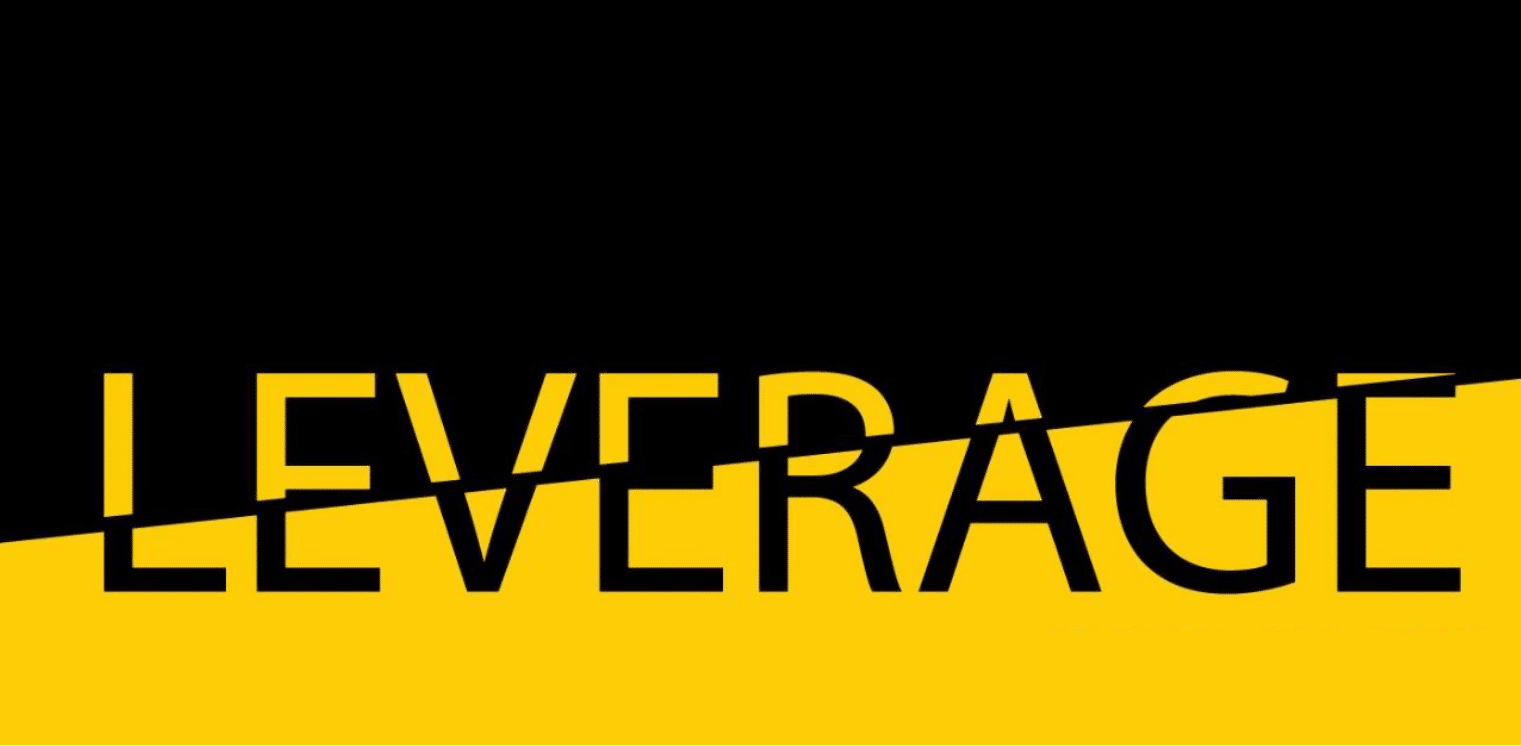The Cyprus National Product Intervention Measures (cyNPIM)
CySEC, the Cypriot National Competent Authority (NCA), issued a consultation paper in relation to national product intervention measures at the end of May. In the consultation paper, the regulator provides its own point of view and proposes a set of permanent product intervention measures – at a national level. Subsequently, the commission encourages firms and investors to submit their comments until the 14th of June 2019. The measures will come into force by the 30th of July 2019 – a key date, right before the renewal of the ESMA temporary measures.
In a previous article, in February, we discussed the impact of the temporary product intervention measures imposed by ESMA, whereas in this article we discuss what CySEC proposes; more specifically what stays the same and what is changing from the ESMA measures.
What is NOT changing from the ESMA measures?
1. The prohibition of the marketing, distribution and sale of binary options,
2. The restriction on the incentives (bonuses) offered to clients,
3. The mandatory negative balance protection per account basis, so clients cannot lose more than the total funds on their account,
4. A standardised risk warning and includes the percentage of losses on retail client accounts,
5. The margin close-out rule of 50% and on account basis.
What are the PROPOSED changes from the ESMA measures?
The proposal by CySEC focuses on an enhanced product governance within the firms and on a sound clients’ appropriateness assessment, in order to determine the appropriate leverage to be offered for each client.
It is evident from the consultation paper that CySEC bases its opinion on product governance in order to determine the suitable and appropriate leverage for investors and specifically to;
– the identification of the target market, and
– the appropriateness assessment of the profile of client including the target market of the client.
MiFID II product governance identifies two categories of the target market – labeled the ‘positive’ and the ‘negative’ target market, whereas, CySEC identifies an additional two more categories;
1. the upper tier positive market and
2. the ‘grey’ area which is between the positive and the negative target market.
Furthermore, CySEC introduces a risk-based approach for the classification of the retail clients in order to;
a. eliminate the risks arising for clients falling in the negative or grey area, and
b. allow the clients that fall in the upper tier of the positive target market to trade with higher leverage.
What are the different ‘target market’ categories?
1. The upper tier positive market retail clients fall into the positive target market based on clients’ wealth, knowledge, experience, risk appetite, and risk tolerance. Specifically, the client;
a. must fall in the positive target market based on the evaluation performed by the firm following its internal product governance,
b. have a risk tolerance level with maximum probability to be stopped-out at 10%, and
c. shall meet at least one of the following criteria;
– the gross annual income is more than 40,000 EUR, and/or
– the net liquid assets are at least 200,000 EUR, and/or
– the client has carried out transactions, of significant size, and on an average frequency of 10 per quarter over the previous four quarters.
Those clients are allowed to trade on higher leverage if they explicitly request it, acknowledging the risks involved and not be directed by the firm. Additionally, firms must keep the relevant supporting evidence provided by each client.
2. The positive target market retail clients who are determined based on clients knowledge, experience, risk appetite, and risk tolerance. The firm has to assess the clients’ profile and ensure its risk tolerance level has a maximum probability to be stopped-out at 5%.
3. The grey area target market retail clients are clients who still wish to trade, despite the risk warnings provided by the firm. The risk tolerance level for those clients set to be with maximum probability to be stopped-out at 1%.
4. The negative target market retail clients fall into the negative target market as per the internal product governance of the firm. Therefore, firms are restricted to sell their products to clients who fall into this category.
What are the leverage limits proposed by CySEC for each category?
The table below summarizes CySEC leverages proposal for each ‘target market’ category. Further, CySEC considers that crypto-assets carrying excessive risks due to their extreme volatility and proposes lower leverages than ESMA. Finally, on the consultation questions, CySEC proposes to prohibit the distribution of crypto assets to clients who fall into the ‘grey area’ and the ‘positive’ target market.
|
Asset Class |
CySEC Target Market |
ESMA |
||
|
Grey Area |
Positive |
Upper Tier Positive |
||
|
Major currency pairs |
20:1 |
30:1 |
50:1 |
30:1 |
|
Non-major currency pairs, gold and major indices |
10:1 |
20:1 |
30:1 |
20:1 |
|
Commodities other than gold and non-major indices |
5:1 |
10:1 |
20:1 |
10:1 |
|
For individual equities and other reference values |
2:1 |
5:1 |
10:1 |
5:1 |
|
Crypto assets |
1:1 or prohibition |
1:1 or prohibition |
2:1 |
2:1 |
To conclude, the consultation paper provided by CySEC aims to provide an enhanced approach for a suitable client classification by the firms, while the proposed measures continue to provide investor protection. Our main question arising from the consultation paper is the following;
Are the characteristics for each ‘target market’ category sufficient for implementation and classification, OR firms will still need further clarity?
Please feel free to contact us at info@salvusfunds.com if you have any questions.
The information provided in this article is for general information purposes only. You should always seek professional advice suitable to your needs.

